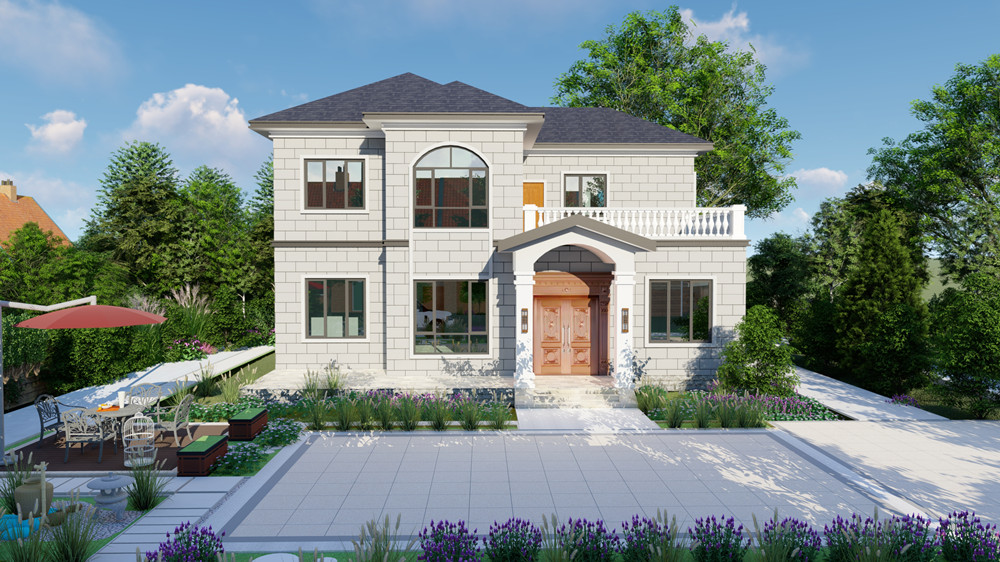How to Waterproof Light Steel Villas?
2024-05-01 21:44
Waterproofing in light steel villas requires careful design and construction to ensure effective protection against water intrusion. Here are some key steps and methods to ensure waterproofing performance:

1.Considerations during Design Phase:
When designing light steel villas, factors such as ground slope and drainage systems should be considered. Proper slope helps rainwater to drain effectively, reducing the possibility of water accumulation.
Consider using waterproof materials such as rubber roofing or polymer coatings to ensure the waterproofing of the entire building's roof.
2.Selection of Suitable Materials:
For the roof of light steel villas, options like polymer coatings, PVC, or TPO membranes can be chosen for waterproofing. These materials typically possess good weather resistance and durability.
For the ground part, options include cement-based waterproof coatings or laying waterproofing membranes such as asphalt membranes or polyethylene films.
3.Correct Construction Practices:
During roof construction, ensure the integrity and tight connections of waterproof materials. Any gaps or incomplete parts may lead to water leakage.
During ground construction, ensure the tight integration of the waterproof layer with the ground foundation, and proper overlapping and sealing of waterproof materials.
4.Reinforcement of Key Areas:
For critical areas such as connections, windows, doors, etc., in light steel villas, additional waterproofing treatment is necessary. Sealants or waterproof strips can be used to reinforce these areas to ensure sealing performance.
Pay special attention to joints in light steel villas, as these are one of the main sources of water leakage and require special reinforcement for waterproofing.
5.Regular Inspection and Maintenance:
After the completion of light steel villas, regularly inspect the roof and ground waterproof layers for damage or aging. If any issues are found, they should be repaired promptly to prevent more serious water leakage.
Additionally, promptly remove any standing water and debris from the roof and drainage systems to ensure unobstructed drainage.
In conclusion, waterproofing in light steel villas requires attention to design, material selection, construction, and maintenance. Through proper design and correct construction practices, the waterproofing performance of light steel villas can be effectively improved, extending their service life.



